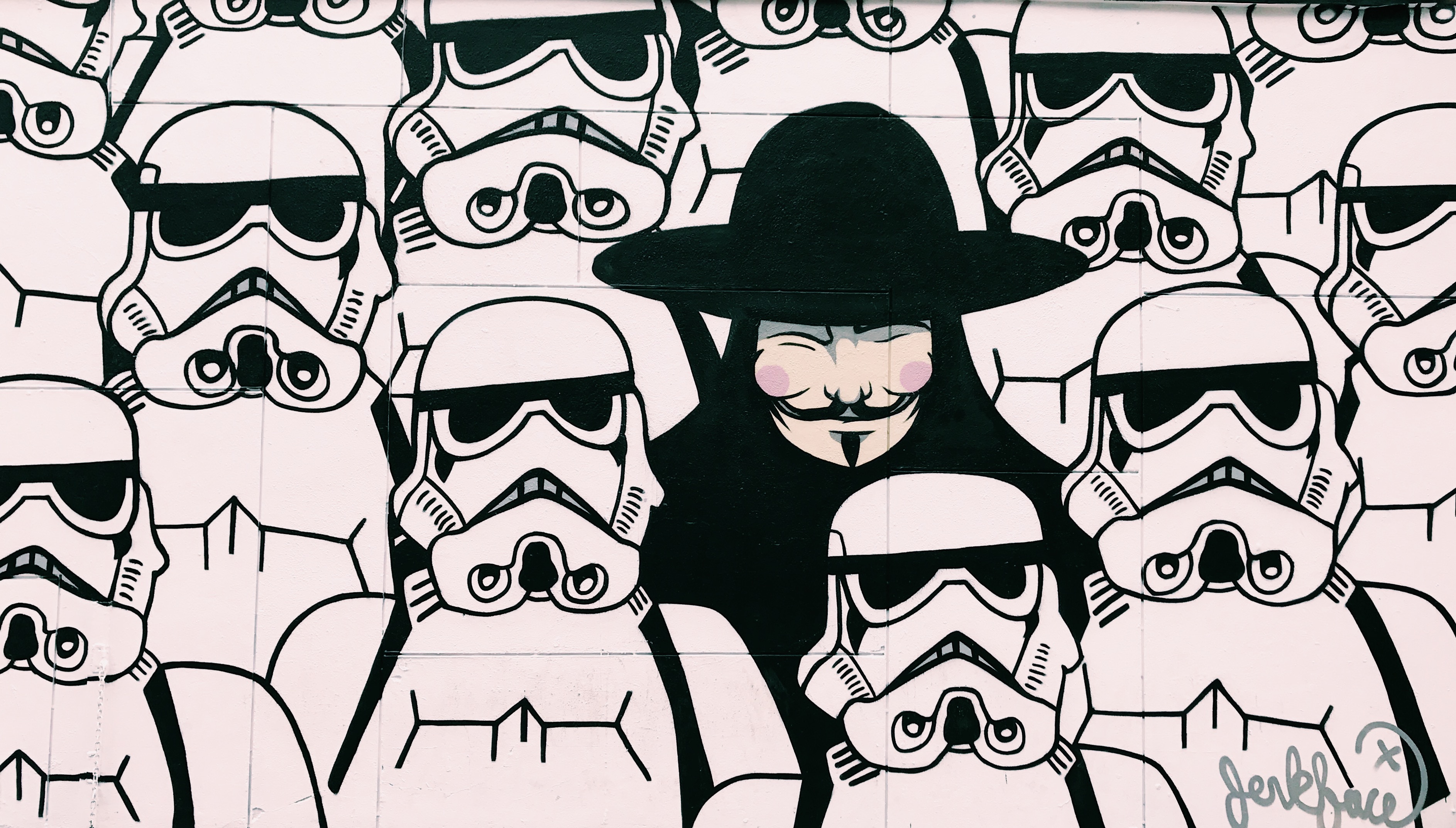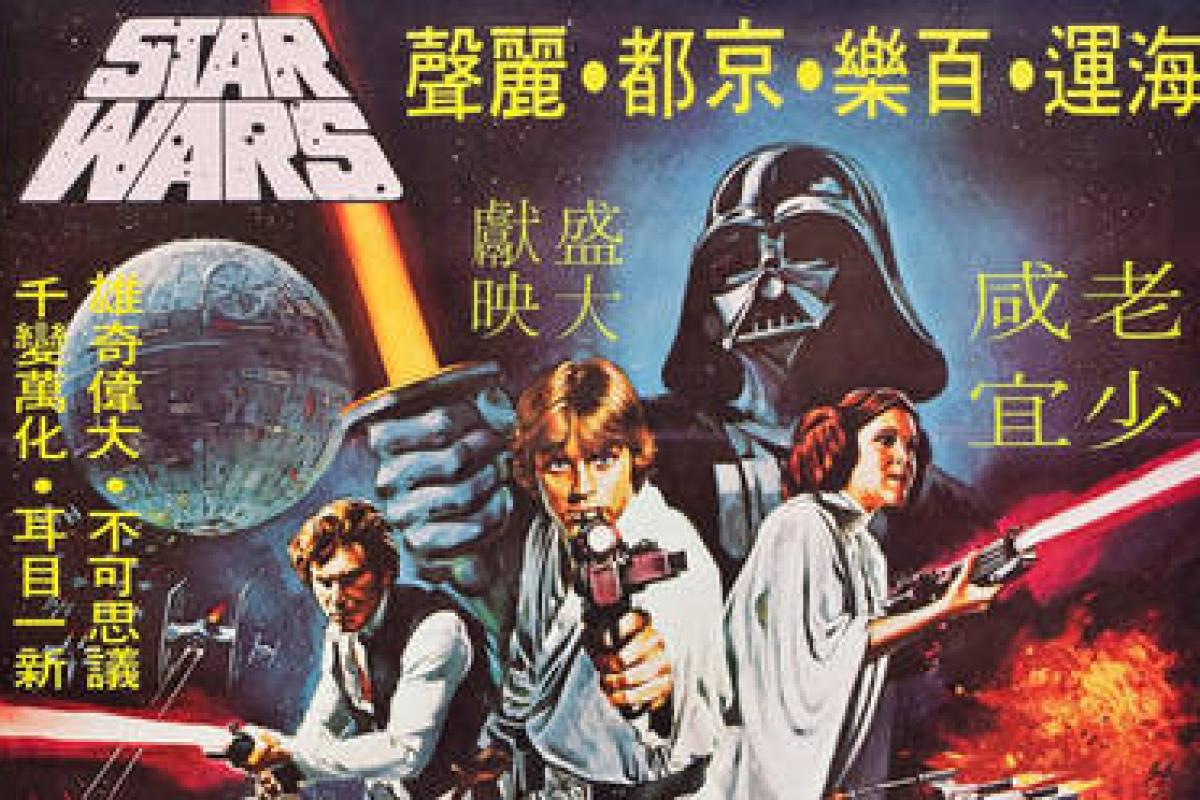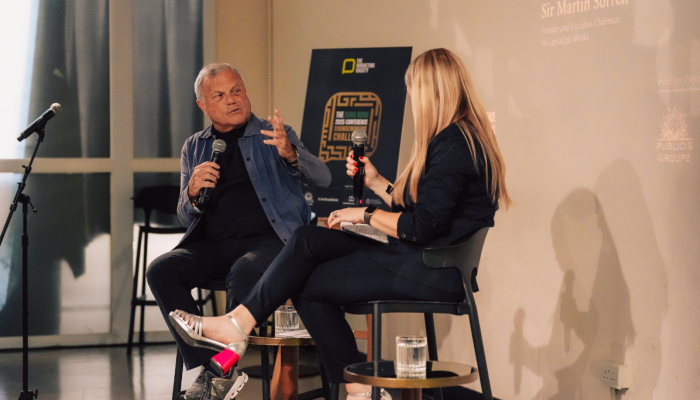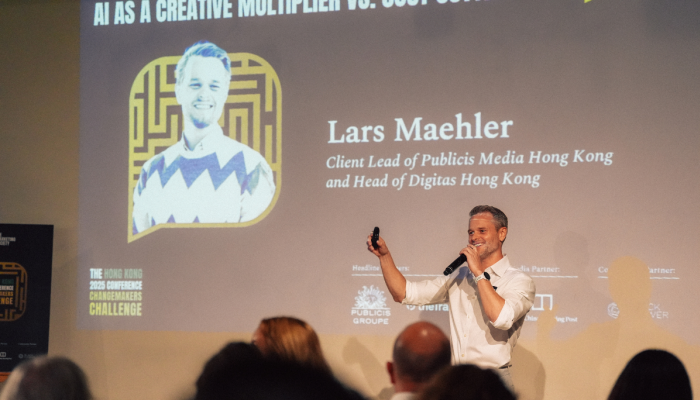China has a unique relationship with the science fiction genre, which we explored in our analysis of the way movies are marketed in China.
Our report for Walt Disney International, which we revisit here, looked to identify culturally relevant ways of communicating content.
1. Star Wars in China - cultural context
For China, technology is a symbol of national power and part of the collective cultural DNA following huge investment from the 1970s onwards.
Unlike the west, where sci-fi has a tendency to focus on the negative role of technology in a dystopian future, Chinese viewers enjoy it as pure spectacle, a future in which humanity is empowered, not threatened, by scientific advances.
So it is perhaps no surprise that Star Wars should chime so much with various elements of Chinese culture, from the force (for China, read Qi) and light sabre (sword) to Yoda (Confucius) and the Jedi (Taoism).
China's fondness for anthropomorphising technology is reflected by C3PO and for seamless technology and assimilation in his fellow droid, R2D2.
The theme of the hero on the path to glory and the villain to be feared but respected are both reflected in Chinese culture, as is their subsequent battle on both the inner and physical front.
Add to this the films' epic confrontations between alliances, the master and pupil relationship in which there is extreme respect for teachers seen as father figures and there is deep resonance between the China and the Star Wars universe.
The key main themes to emerge from our analysis were:
- technology in a user-friendly, harmonious relationship with humanity
- old ideas and values of humanity and spirituality continuing in a technologically advanced context
- duality of opposites (eg inner and physical plane)
- greatness of scale (time or size) and spectacle.
We then looked at the various elements that go into creating a campaign of pre-release film posters, from the earliest teasers to the opening of the film and beyond.
2. Star Wars in China - the pre-release film poster decoder
The challenge for any pre-release film poster campaign is how to find culturally relevant ways of communicating content.
In order to make the analysis easier, we grouped the various elements of the films into three categories.

Set
Promoting the film through visual elements in a realistic or metaphorical way, focusing on objects or environments to prompt audience fascination or admiration
- close-up of an object that defines the tone and which the audience wants to see in action
- surreal representation or juxtaposition of objects that play into central themes (love, crime, battle) and create intrigue
- long shot of a location or landscape playing a central role in the film, making the audience want to take a closer look
- main character as a detail in a panoramic landscape shot, making viewers wonder what happens next
Characters
Promoting the film with the main character or characters, arousing interest with a personal connection between the character and audience.
- long-shot of a character moving away suggesting a physical or mental journey of search and discovery
- medium shot of a main character looking indirectly at the viewer suggests their wider influence/importance
- main character close-up against a white background implying their behaviour will define the film
- medium shot of a main character against a blurry background suggesting a mysterious tone and ambiguity
- heroes and villains in Yin-Yang opposition meaning a confrontation between them will dominate
- simple line-up of faces with similar expressions suggesting a lighter tone based around everyday interactions
Plot
Promoting the film through portraying one scene that represents the entire story, giving a glimpse of the film's narrative and building audience interest and curiosity around it
- a composition of visual elements implying the beginning of a certain action, such as a meeting or an arrival, hinting at the film's definitive event
- characters in motion or an active posture, whetting audiences' expectations by giving them a glimpse of an event that is central to the movie
- a composition of visual elements implying the aftermath of a defining event (explosion, writing, spilled blood) often involving a main character prompting audience to ask questions about what has just happened
All of these approaches have a single goal - to build viewer expectation and intrigue about what they see on screen.
By Panos Dimitropoulos, Director Cultural Insight China



